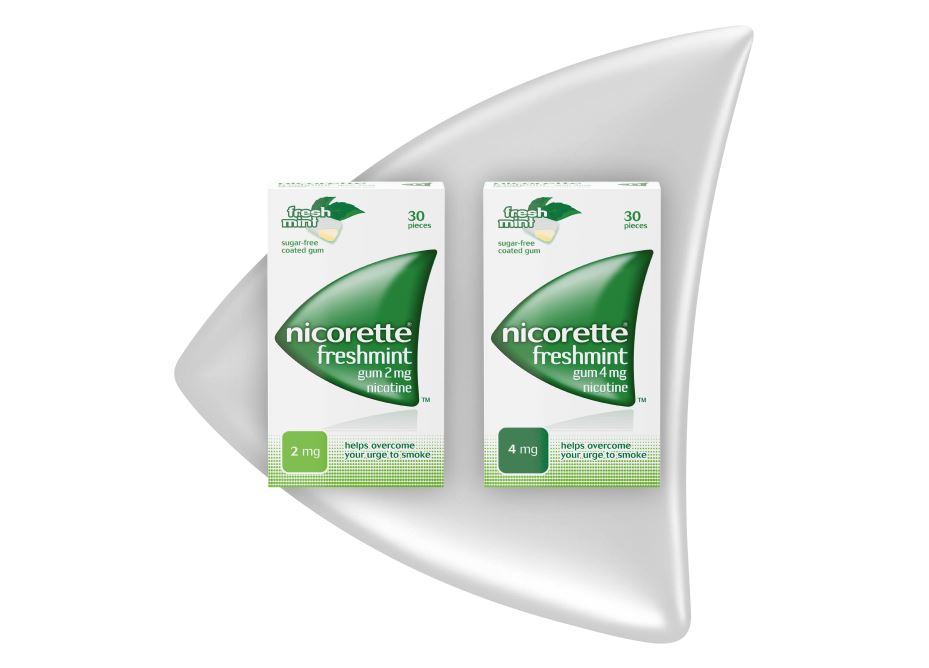Get started on your smoking cessation journey by reading this guide as it guides you through everything you need to know about smoking cessation!
To begin with, you must be emotionally and mentally prepared for your smoking cessation journey. You must also want to quit smoking to benefit yourself and be convinced by that. It is not about pleasing your friends and family. It is all about you.
Let us get started:
What will the journey look like?
Everyone’s smoking cessation journey is unique. The difficulty of the journey depends on how many cigarettes you smoke per day, whether your family and friends smoke, and the reason you smoke. It would be greatly helpful if you focus on the benefits: Quitting smoking is beneficial to your entire body. It can even improve your appearance: you'll be less likely to develop wrinkles when you're young. You'll also save money.
How will the journey feel210?
When you stop smoking, you will experience physical and mental withdrawal symptoms. Because your body is accustomed to nicotine, you are experiencing withdrawal symptoms. You may experience cigarette cravings, irritability and hunger, frequent coughing, headaches, and difficulty concentrating.
The first few days of quitting smoking will be the most difficult. Your body begins to recover from the effects of nicotine within hours of quitting. Your blood pressure, heart rate, and body temperature, which are all elevated due to the nicotine in cigarettes, will return to normal levels. You can exhale more easily now. The amount of poisonous carbon monoxide in your blood decreases, allowing your blood to carry more oxygen.
How can I guarantee commitment?
To ensure commitment, try setting a date for quitting smoking and sticking to it211. Before your quit date, write down your reasons for quitting and read the list every day before and after you quit.
Stay in control if withdrawal symptoms appear within the first two weeks of quitting. Consider your reasons for quitting. These are symptoms of your body healing and adjusting to life without nicotine.
Remember, those withdrawal symptoms are less severe than the major diseases caused by smoking. Also, remember that withdrawal symptoms are only short-lived. They are most intense when you first quit, but they will fade in 10 to 14 days212.
How do I avoid slipping back into my smoking habits?
Slipping is a common part of the quitting process. For most people who are trying to quit smoking, "just one puff" counts. And if you "only have one," quitting smoking becomes even more difficult.
However, relapsing does not imply that you will resume smoking on a regular basis. Use your blunder to zero in on your triggers and learn how to deal with cravings more effectively. And, in order to avoid further slip-ups and relapses, try the following213:
If you live with a smoker, request that they refrain from smoking in your presence.
Take a deep breath whenever you feel the urge to smoke. Hold it for 10 seconds before slowly releasing it. Rep this process several times until the urge is gone.
Keep your hands occupied. Play with a pencil and doodle or straw, or use a computer.
Change activities that were previously associated with smoking. Instead of taking a cigarette break, go for a walk or read a book.
Exercising will assist you in relaxing.
Get help from family and friends if you want to quit smoking.
Remove any tobacco products around you.
Work with your doctor to create a plan that includes both over-the-counter and prescription nicotine replacement therapy.
Also read more to know, How Healthcare professionals and smoking cessation clinics can help, here.
Do not miss out on smoking cessation programs, too! Studies have shown that these programs guide and support you throughout your journey by providing the necessary counseling, strategies, and techniques and are effective in helping you achieve a smoking-free lifestyle214. The findings of a study show that a smoking cessation program results in lower smoking rates and promotes self-discipline for a minimum of 30 days215.
On a final note, celebrate your success on every day of your smoking cessation journey! Every minute passed without a cigarette is one step closer to success.
Our aim at Nicorette is to help you quit smoking for good. Find more blogs from our medical professionals and understand why you should embrace your smoke-free journey with us.
Also, read about smoking myths here.
References:
210 Pesce, G., Marcon, A., Calciano, L., Perret, J. L., Abramson, M. J., Bono, R., ... & Ageing Lungs in European Cohorts (ALEC) study. (2019). Time and age trends in smoking cessation in Europe. PloS one, 14(2), e0211976.
211 https://www.mayoclinic.org/healthy-lifestyle/quit-smoking/in-depth/smoking-cessation/art-20045441
212 Pesce, G., Marcon, A., Calciano, L., Perret, J. L., Abramson, M. J., Bono, R., ... & Ageing Lungs in European Cohorts (ALEC) study. (2019). Time and age trends in smoking cessation in Europe. PloS one, 14(2), e0211976.
213 https://www.cdc.gov/tobacco/data_statistics/sgr/50th-anniversary/pdfs/what-you-need-to-know.pdf
214 Myung, S. K., McDonnell, D. D., Kazinets, G., Seo, H. G., & Moskowitz, J. M. (2009). Effects of Web-and computer-based smoking cessation programs: a meta-analysis of randomized controlled trials. Archives of internal medicine, 169(10), 929-937.
215 Lee, S. M., Landry, J., Jones, P. M., Buhrmann, O., & Morley-Forster, P. (2013). The effectiveness of a perioperative smoking cessation program: a randomized clinical trial. Anesthesia & Analgesia, 117(3), 605-613.
Conquer Your Cravings. Stay on Track.
Get our app and get support whenever you need it, wherever you are.

Find the Right Product(s) for You
Answer a few short questions to find the right product(s) for you.
